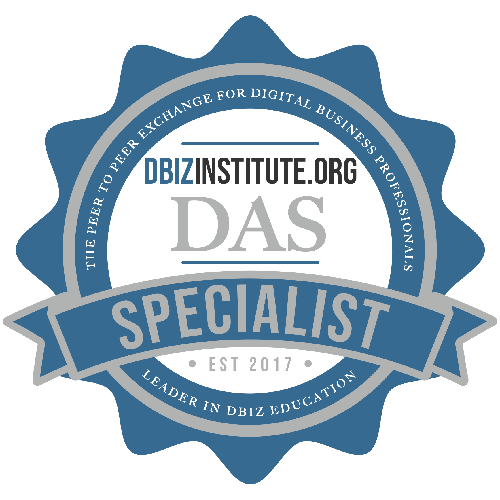Home / Resources
Resources
Discover a Wealth of BPM Knowledge and Expertise at BPMInstitute.org!

Smartening the System
Education systems across the world are learning to strategically apply information technologies to make use of one of their greatest assets: data.
Predictive Analytics is a key technology that is stretching the capabilities of leaders to make more informed decisions about students, schools and special programs. Gone are the days of gut feel decisions based on the here-and-now.

Culture Change and Business Process – Solution Approach No. 1
Perhaps you recall my recent article: Culture Matters. Included in the article were approaches that my colleagues and I had used over the years to support change and transformation in a variety of organizations. I had listed various approaches and the first bullet in that article was:

Extending Your Business Rules with BPM
System (BRMS) understands the benefits of empowering knowledge workers to respond quickly to changing market dynamics. Business Rules are a powerful tool for automating and optimizing decisions, and a critical part of an overall process improvement initiative.
Combining Business Rules or Decision Management with BPM extends the value of your existing investment. Decisions are a part of every process and the decision services created to support other areas of your business can be re-used within the context of a running BPM process. BPM can also be used enhance the quality of data required for decision services and provide visibility across decision services to ensure they align with organizational goals and objectives.

On the Edge with the Business Architecture
The title of this article may cause one to think about the “edge” in a “bleeding edge” context in that the Business Architecture (BA) represents a new high risk initiative that will most likely consume vast amounts of corporate resources in order to succeed. One might consider other similar contexts such as “cutting edge” or “leading edge,” but there is another context to consider as well. In the 21st Century we live in the Information Age which is sometimes referred to as the Computer Age or Digital Age. Apart from how one refers to
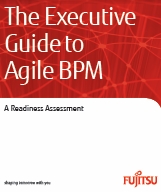
The Executive Guide to Agile BPM
A Readiness Assessment
Why your Agile BPM solution must be anything but routine
For years, business process management (BPM) solutions have focused primarily on long-running, routine, and seldom-changing processes. BPM has successfully guided system integration and provided business intelligence and monitoring for a wide variety of predictable, repetitive tasks and activities.

BPM Adoption Patterns & Practices in Industry
Greater operational efficiency and business agility are goals that are relevant to companies across all industry. Attend this webinar with Sanjeev Sharma, Principal Product Director, BPM & SOA and learn how Financial Services, Communications, Utilities and Retail customers have adopted business process management, employed best practices, and addressed the pertinent process challenges within their industry to deliver relevant business value.
Featured Speaker:

Avoiding the Accidental SOA Cloud Architecture
Prior to the hybrid cloud, IT determined how an enterprise infrastructure grew. With the introduction of Software-as-a-Service (SaaS), lines of business, such as marketing, sales and logistics, can expand the enterprise infrastructure without involving IT by directly purchasing SaaS. Beware of the “accidental SOA cloud architecture.”
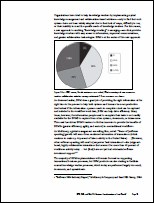
BPM, SOA, and Web 2.0: Business Transformation or Train Wreck?
The challenges faced by today’s government agencies and commercial operations are many and varied—and to stay afloat, these organizations must not only promote change from within, but they must also be agile enough to quickly adapt to evolving markets, policies, regulations, and business models. Fortunately for them, the convergence of a trio of technologies and business practices—business process management (BPM), service-oriented architecture (SOA), and Web 2.0—is providing a solution.

Six Features to Look For in a BPMS to Support Case Management Processes
Implementing new technology brings a range of challenges and this is equally true when the technology in question is a BPMS. These challenges become even greater when the BPMS is to support case management processes. Within this article I outline additional complexities case management processes exhibit, and suggest six features a BPMS should offer before being used to manage these processes.
Challenges of Case Management Processes

Extending the Life Expectancy of the World’s Pensions
The problem is big. The developed world is aging. Japan went through it first and everyone will follow by 2050. During this time, a much larger population will depend on their own investments or investments made by their employers and governments as their primary sources of income. Also, the number of working people compared to the number of people beyond retirement age will decrease significantly. This number, called the support ratio, is a key indicator for social services agencies and the trend reveals a big problem.

An Integrated Approach to Improving Business Process Quality through Risk Modeling – Part 1
Risk Management and Business Process Management have long been acknowledged as distinct disciplines. They seem to be getting more comfortable with one another. Business Process Model & Notation (BPMN) has emerged in the past decade as a powerful tool for visualizing and even operationalizing business processes.

Why Your Processes are Begging for Operational Decision Management
Any organization that has successfully implemented some level of Business Process Management (BPM), whether a first project or extended program, can point to its many benefits, such as improved coordination, control and employee productivity. But these benefits can decrease over time due to issues such as process complexity and excessive manual activities, as well as difficulties in coordinating actions across processes.
Operational Decision Management (ODM) technology helps simplify processes and increase automation, as well as providing real-time responsiveness to actionable opportunities and risk situations. ODM solutions enable intelligent decision automation to complement BPM and extend its business value, making processes more flexible and adaptive in response to evolving policy and market demands.
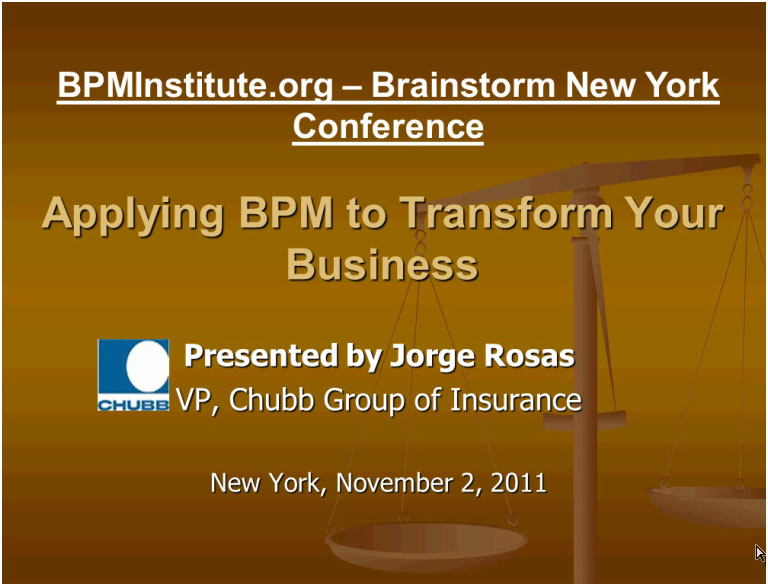
Case Study: Chubb Insurance Leverages BPM
In this Innovation Workshop, Chubb Group of Insurance Companies discusses their administrative transition from a de-centralized to a centralized structure with BPM. View this webcast to learn how they were able to successfully make the transition and ensure internal and external customer satisfaction.
Both webcast archive and PDF are available.
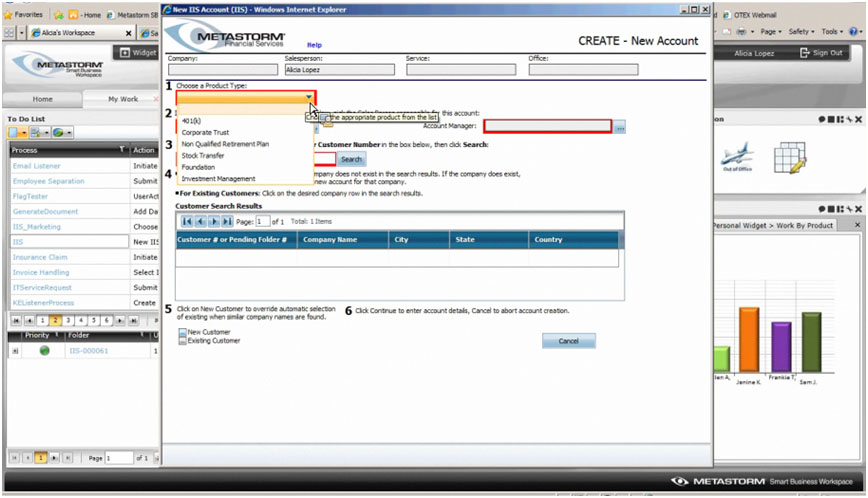
How to Leverage BPM Technologies – Demonstration
Business agility, transparency, improved productivity and integration across your business, can enable you to outperform business goals. BPM offers you the ability to transform your business processes in ways that can have an immediate impact on the way you interact with customers, suppliers and employees. To do this, arm yourself with an understanding of the actionable, practical and proven steps for process improvement success. Join us for this demonstration as we discuss how to leverage important Social, Mobile and BPM technologies, methodologies for adoption, and real-world best practices from successful companies that will leave you with a formula for BPM success to start the transformation at your company.
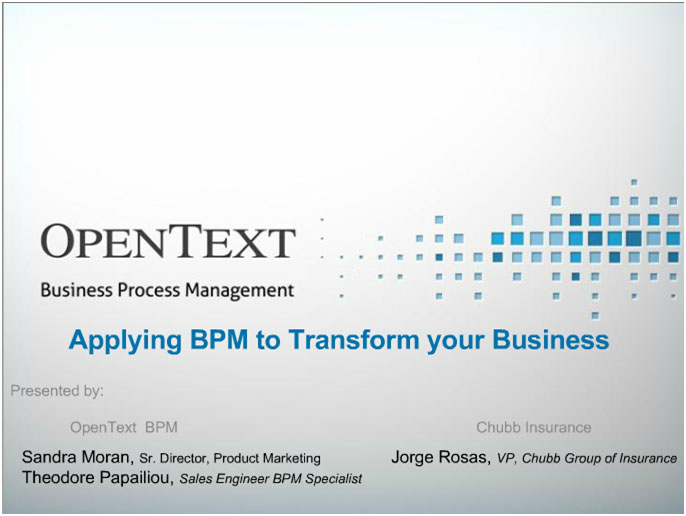
BPM: It’s Value and Role in Transforming Business
View this Innovation Workshop to learn more about how BPM offers you the ability to transform your business processes in ways that can have an immediate impact on the way you interact with customers, suppliers and employees. Business agility, transparency, improved productivity and integration across your business, can enable you to outperform business goals. To achieve this, arm yourself with an understanding of the actionable, practical and proven steps for process improvement success. Join us as we discuss how to leverage important Social, Mobile and BPM technologies, methodologies for adoption, and real-world best practices from successful companies that will leave you with a formula for BPM success to start the transformation at your company.
Both webcast archive and PDF are available.
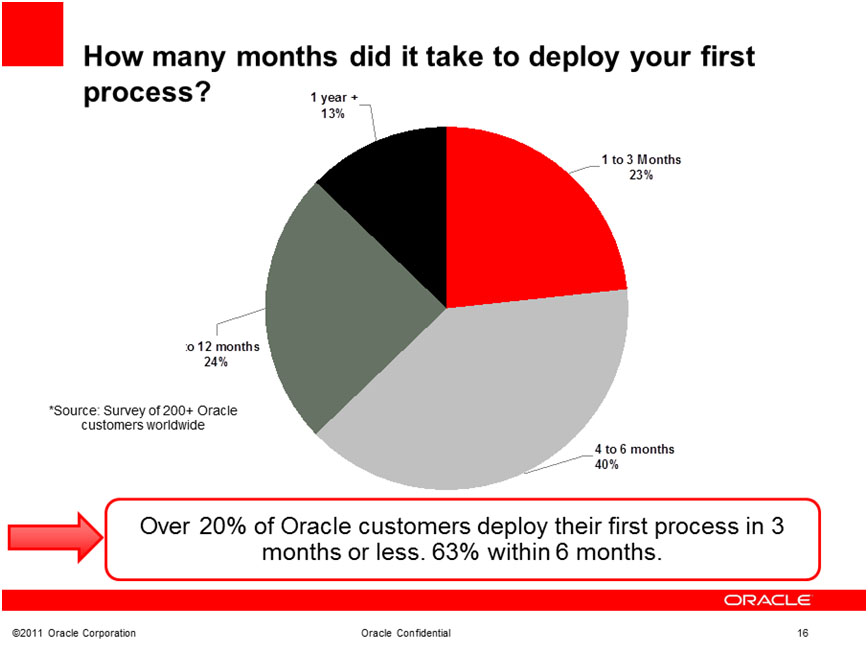
Best Practices and Customer Success with BPM
This demonstration will give participants hands-on exposure to Business Process Management with the Oracle BPM Suite and will show how Oracle BPM Suite can be used across each phase of the BPM lifecycle to help the business achieve continuous process improvement. It will also demonstrate achieving business agility and visibility with Oracle BPM Suite 11g. Order processing, from your internet storefront or other locations, can present visibility and control challenges as your order traverses systems for capture, booking, fulfillment, and financial close.
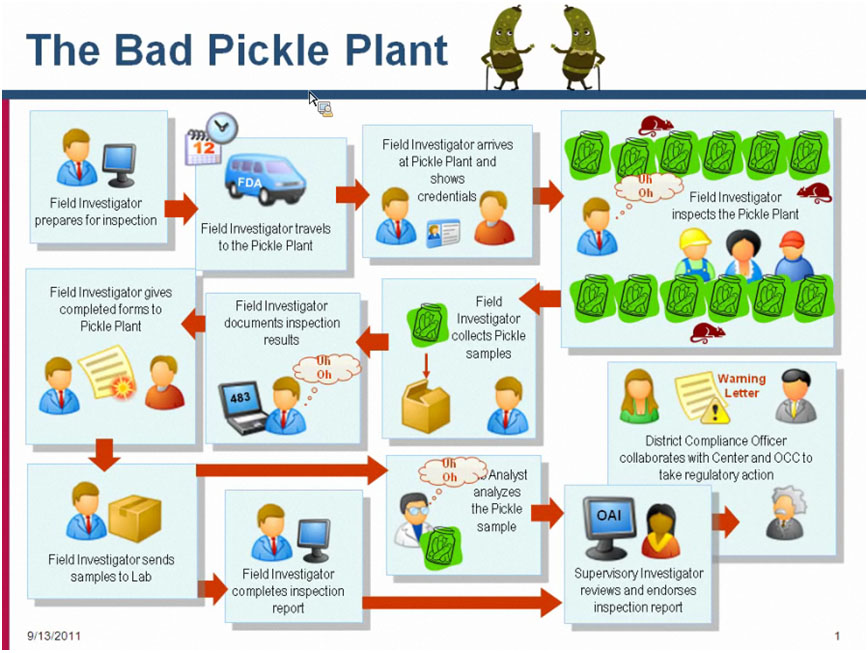
Government Best Practices and Customer Success with BPM
Governments and companies worldwide have for generations sought to better manage the processes that are key to their constituencies and business by managing them to improve efficiency, insight into their impact, and how to use them to achieve greater flexibility. Over the years the introduction of new technology provides new ways to achieve these benefits yet each new technology also imposes a barrier in the path of success. In addition, change management and human and organizational change is a naturally resistant force that can stand in the way of success.
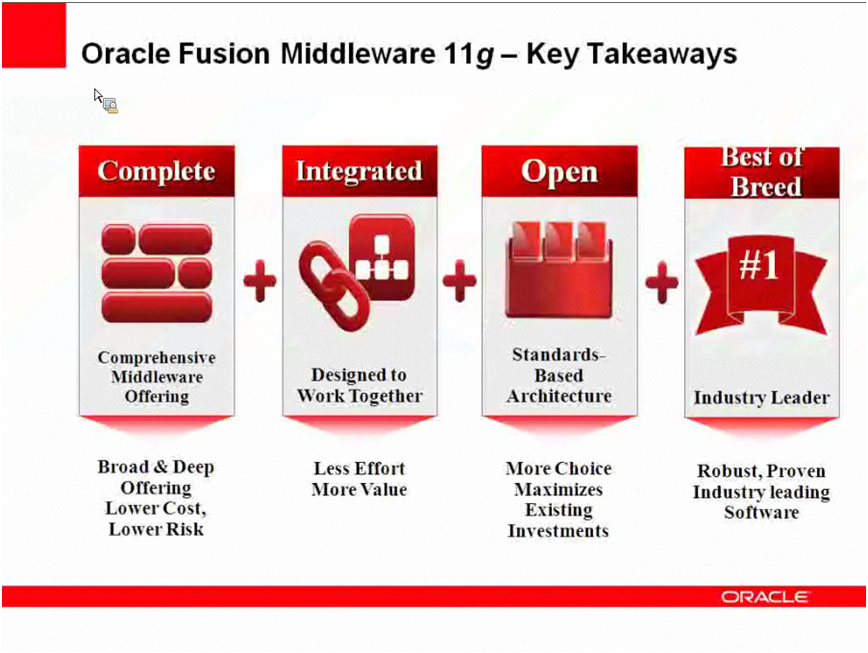
BPM for Government Demo
This webcast will give participants hands-on exposure to Business Process Management with the Oracle BPM Suite and will show how Oracle BPM Suite can be used across each phase of the BPM lifecycle to help government agencies achieve continuous process improvement. This workshop webcast will demonstrate process modeling, process improvement, process implementation, process interaction and process monitoring using a government specific use-case of construction/building permit processing across various roles and systems.

Tips to Simplify and Speed up Your Business Process Diagramming
A wealth of new, easy-to-use features in Visio 2010 enable business analysts and other process professionals to create diagrams faster than ever before, even as they connect their diagrams to databases and SharePoint lists, and view dynamically refreshable diagrams using any web browser. Topics covered in the webcast…
- See why Visio 2010 is the most exciting release in a decade
- Create flowcharts and BPMN diagrams faster SharePoint
- Learn how to validate business process diagrams against business rules
- Connect diagrams to data and then publish the results to the web
- Build human- and document-centric workflows in Visio and execute them in SharePoint
Visio 2010 will help you jumpstart your diagramming using 60+ out of the box templates including BPMN; visualize KPIs in vibrant, data-connected diagrams using any browser; and map your business processes using the right tool for the job.

A Business Architecture Body of Knowledge
For a number of years business architecture was considered an art form, the domain of a handful of practitioners and consultants. Debates raged across standards groups and discussion boards over the use of capabilities versus value streams, the role of processes, governance and ownership, and where business architecture ended and IT architecture began. Endless discussion threads pitted one individual’s view against another, often ending in stalemate.













